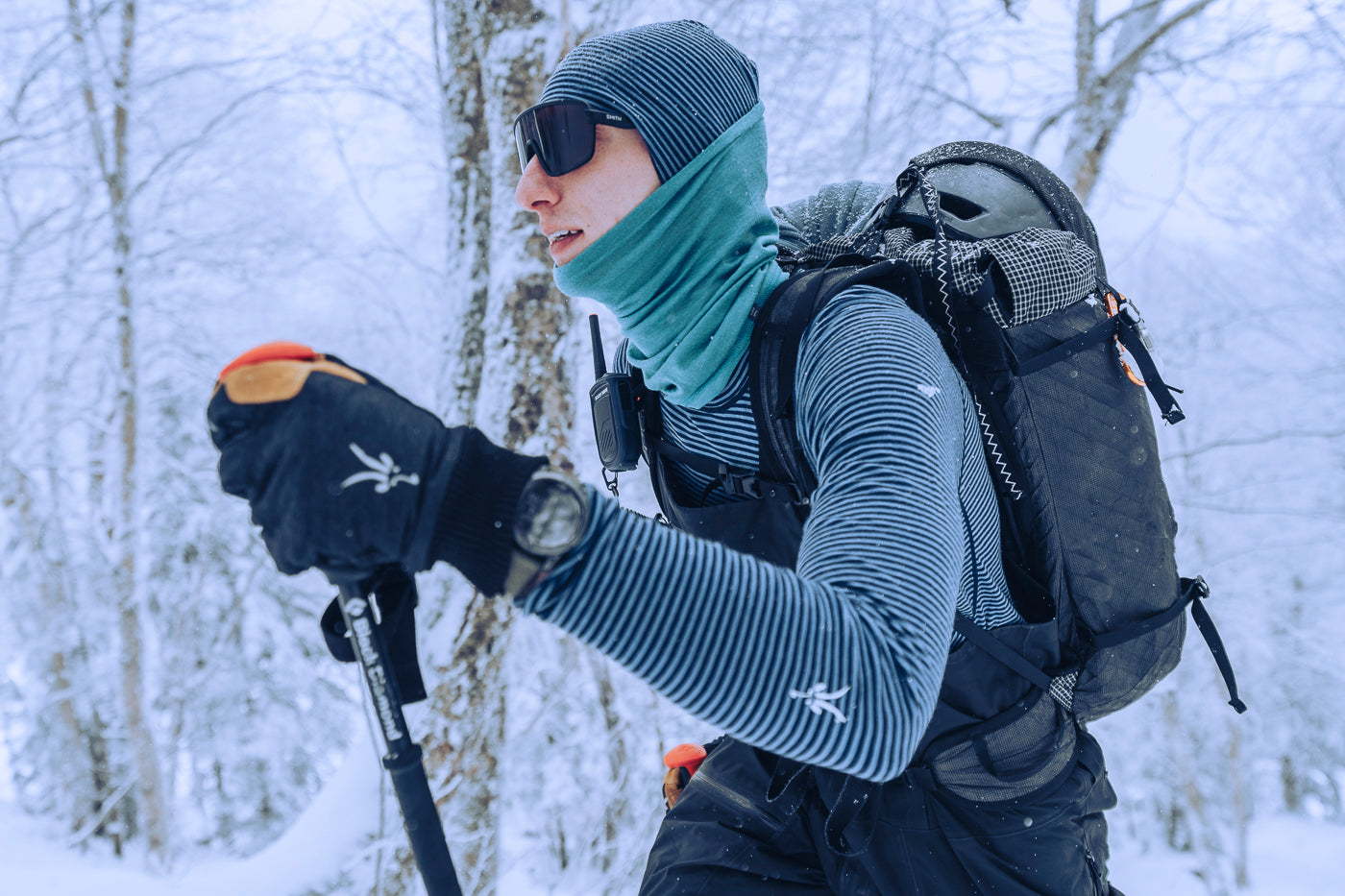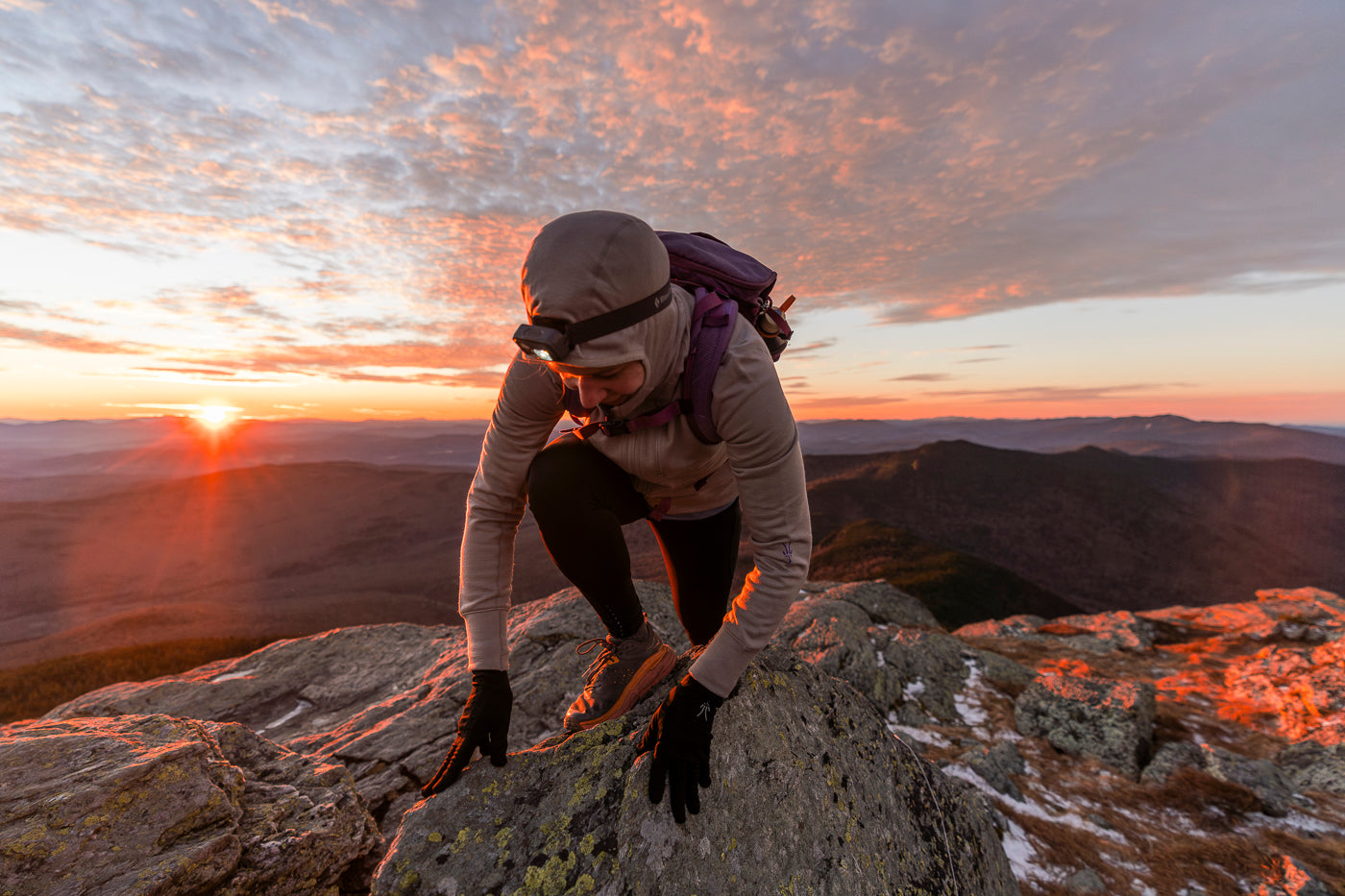In Alaska, the Run of a Lifetime
A 50k (38 mile) Trail Built by an Inspired Community
Marc Fawcett-Atkinson 〡 August 1ST, 2023
Agale was shaking the floatplane as the pilot eased into a downward spiral towards Taylor Bay. A typical morning in Alaska in July, I thought, bracing against the window, looking down through the scratched plexiglas as each spiral painted more detail into the remote Alaskan cove.
A salt marsh covered by high tide bled ochre tendrils of salt grass into the steel-blue Pacific. Eagles circled, dancing in the space between the plane and the waving sea of Douglas fir. At the far side of the bay, ribbons of flagging tape and two people clad in raingear and running shoes marked a rough trailhead. We had arrived at our destination. I’d come from my home in British Columbia to Alaska’s Kenai Peninsula to run the Tutka Backdoor Trail, a 38-mile route that links the Kenai’s outer coast with more protected waters on the peninsula’s western shore. The trail will eventually cover another 15 miles, landing in downtown Seldovia – a 15,500 foot mountain range away from the current endpoint at Jalakoff Bay. Since its completion in 2020, roughly a dozen friends from Alaska’s mountain running community have gathered each year to run the path. An old friend, Galen Hecht, had invited me to join him on this year’s run along with Hannah Lafleur, another runner based in the nearby town of Seward. We glanced at each other as the plane touched down onto the glassy water, excited to climb through the hills.
Erin McKittrick – the person who probably knows the trail best – was waiting for us when we jumped to shore. Lean and tanned from a life lived mostly outdoors, she greeted us with a field scientist’s warm efficiency. Originally from the Pacific north-west, she fell in love with the Kenai after walking and packrafting to Alaska from Seattle with her husband after finishing a graduate degree in microbiology. And while she has traded a tent for a house, her wandering hasn’t stopped. Building the Tutka Backdoor route – a path she spent years bushwhacking – was in part her idea. “The local outdoor community wanted something a little bit bigger and a little more challenging,” she told me in a phone call a few weeks after the run. “So many people got excited about it and over the five years or so of building it, we had 100 different people out there working with us, most of whom were local.”
Construction started in 2016 near the head of Tutka Bay. Roughly 45 minutes away by boat from Homer, the nearest town linked by road to Alaska’s highways, it was the easiest point to start building the trail. McKittrick and her family – children and grandmother included – spent around a month during the five summers it took to build the trail camped out along its length. Volunteers took boats or float planes to the nearest trailhead to join them. Most spent a few days to a few weeks helping out. Though the route moves through the traditional territories of the Dena’ina Elena and the Alutiiq, McKittrick said neither group has been very involved in the project as the trail only crosses state land. The work was brutal. Days of bushwhacking through steep hillside coated with blueberry bushes and scrub willow to find a path. Building steps up thousands of feet of elevation through the Alaskan rainforest’s root-filled soil. Lugging pounds of food and chainsaws miles through the mountains under frigid rain.
“If you’d asked a bunch of trail professionals if it is reasonably possible for a bunch of community members to come together and build (38) miles through crazy remote mountain fjords with basically no funding in four years, they would have said it wasn’t,” she said. "But we never asked."
That love was evident as Galen, Hannah and I waved goodbye to McKittrick and climbed up from Taylor Bay. The trail cut switchbacks through Douglas fir and cedars, a narrow footbed bordered by moss and roots. We were soon chasing cairns across the alpine tundra and over the first pass of the day.

Galen Hecht

Marc Fawcett-Atkinson

Hannah Lafleur
Conversation flowed easily as the miles rolled by. Galen and I hadn’t seen each other since before the pandemic and had years of catching up to do. I’d never met Hannah, but as we approached the second pass of the day we figured out we had a tangential link: She’d hired a Yukon wilderness guiding company I’d once worked for to lead student trips. I typically run alone, making the company and conversation even more welcome as we trotted through the hills. By now we were above the tundra and running through a snow-covered pass guarded by walls of black rock. The trail fell ahead of us into a long valley patterned with sunlight cascading through the clouds.
We kept running.
.
We had passed the final runners ahead of us – they’d left earlier than us – as we started on the final climb. Mist started to fall as we dropped into the trail’s final miles: A narrow path through the forest. A lagoon’s shell-clad shore. A forest service road. Friendly faces and campfire smoke marked the end of the trail. Michael McGuire, a friend of McKittrick's and one of the Tutka trail builders, had set up camp at the trailhead while we ran. Tupperware containers full of smoked salmon sat alongside coolers of beer and plates of burgers. A fire crackled in the rain. Trail stories were soon flying around the fire only to be interrupted by claps and hoots to greet every runner as they arrived.

Running through the mist just before the decent.
A huge thank you to Erin McKittrick, Michael McGuire, and Ben LaVigeur for making this trail run possible from trail building to travel logistics.

Marc Fawcett-Atkinson is a Canada-based writer focused on the relationships between people and their social and physical environments, especially in cold, coastal and mountainous places. Follow his journey and work here @mfawcettatkinson
OUR Trail Running FAVORITES:

























